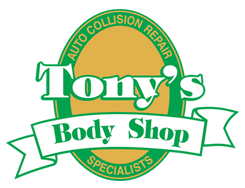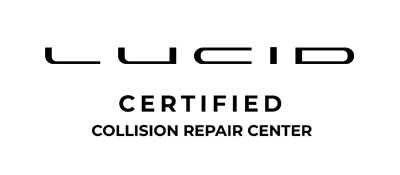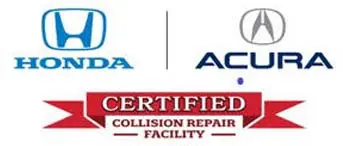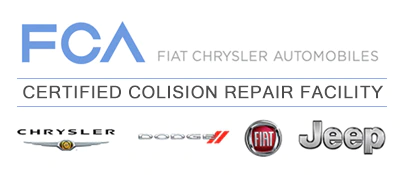Airbag Deploy and Safety Tips
Components of an airbag
An airbag is not designed to deploy in each crash. There are three basic parts to an air bag system. The diagnostic unit, crash sensors, and the airbag module(s). They are designed to deploy in “moderate” to “severe” frontal crashes. A self check test occurs every time you start your vehicle. The airbag light turns on, then off after a few seconds, indicating that everything is working properly. If the airbag light on your dash stays on, it must be checked by a service garage. To be effective, airbags have to inflate in an instant, using considerable force which could cause injury. Deployment occurs when crash sensors send a signal to the inflator unit. An igniter starts a chemical reaction, which produces nitrogen gas, causing the airbag to burst from the module. This happens faster than a blink of an eye(1/20th of a second). Most people don’t realize what has happened. The nitrogen gas used for inflation isn’t dangerous, nor is the argon gas used to inflate some passenger side airbags.
Physics of the System
What caused the airbag to deploy is physics, or more specifically, the change in velocity. The change in velocity can be impacted by what you hit, and how you hit it – for example, a “brick wall” or a moveable object. Airbags are designed to deploy at a minimum of 8-14 miles per hour when hitting a solid object like a brick wall. If you hit off center, then this changes and more speed is needed. More speed is needed if you hit something that is moveable. Driver and passenger airbags do not do anything if the car is hit from the side, the rear, or a roll-over. Air bags will only deploy once, but some cars are hit more than once during a crash. Since airbags are not designed to deploy in every crash, in order to be safe, you have to wear your seat belt. This is why airbags are called “supplemental restraint systems”. Wearing your seat belts can reduce your risk of injury in all types of crashes.
Potential Injuries
Contact with a deploying airbag could cause injuries, typically minor skin abrasions or burns. The chance of a more serious injury is greater if the driver or passenger is very close to, or comes in direct contact with the airbag module when it deploys. Serious injuries or even death can occur. The powdery residue left after deployment contains sodium hydroxide, which could irritate eyes or an open wound, but once exposed to air, it quickly turns into sodium bicarbonate (baking soda). For most people, the only effect, if any, is a slight irritation of the eyes or throat. Asthmatics could have an attack, and should treat themselves as they normally would and possibly seek medical help. Don’t misunderstand the message, airbags are a tremendous advance in traffic safety technology, and they are highly effective life saving devices.
Benefits of an airbag system
It is important to be correctly positioned to receive the benefits of a deploying airbag. In order to receive maximum benefits, drivers and passengers must always wear safety belts correctly and properly position themselves in the car. Adjust seat belts as per your owners manual. Sit upright against the seat back and adjust the seat rearward so you are away from the airbag module but are still able to operate the car’s controls. Never put a rear facing child safety seat in a seating position equipped with an airbag because the back of the seat is too close to it. Should an airbag deploy, the force against the safety seat could result in serious or fatal injury to the child. Some car companies have begun installing a switch which lets you manually, and temporarily, shut off the passenger side airbag. With older children, a forward facing child safety seat can be used as long as the seat is adjusted in the farthest position away from the airbag as possible. Seat belts help keep you in the correct position, away from the airbag module. The only way to receive the maximum benefit of an airbag in a crash is to wear your safety belt. Buckle up every time!













